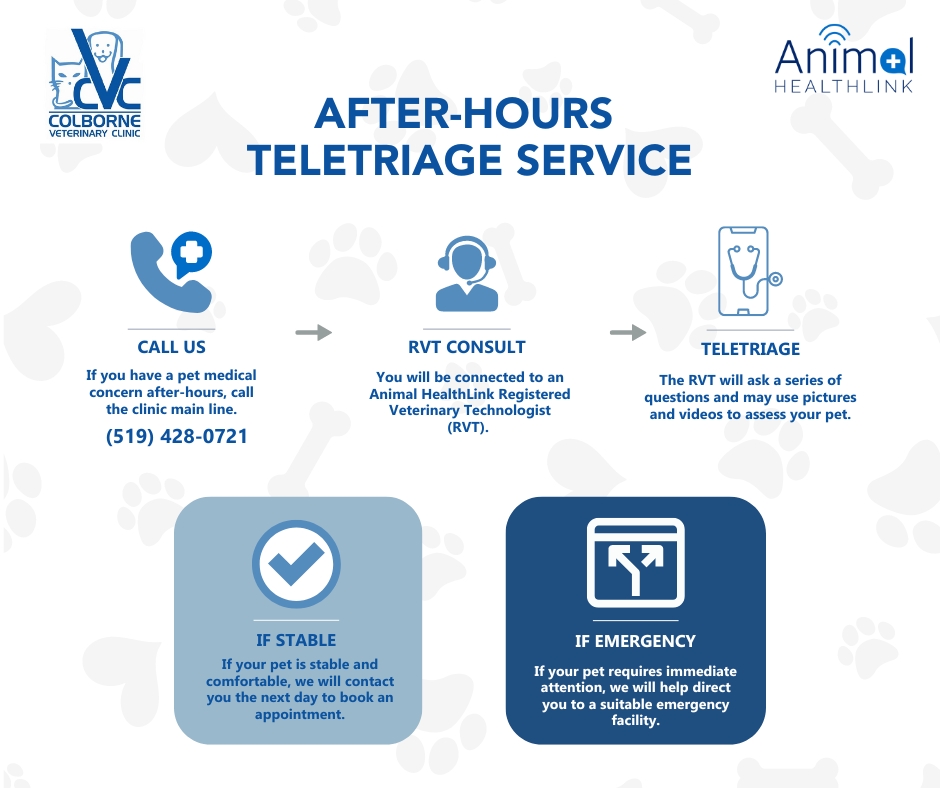Library
-
Hookworm is a parasitic infection of the gastrointestinal tract of cats. Their name is derived from the hook-like mouthparts they use to anchor themselves to the lining of the intestinal wall. How the infection is spread along with clinical signs, diagnosis, treatment, and prevention are covered in this handout.
-
Hookworm is a parasitic infection of the gastrointestinal tract of dogs. Their name is derived from the hook-like mouthparts they use to anchor themselves to the lining of the intestinal wall. How the infection is spread along with clinical signs, diagnosis, treatment, and prevention are covered in this handout.
-
There are four major hormonal diseases in ferrets. This handout covers adrenal gland disease and diabetes mellitus. Adrenal gland disease occurs in a large number of ferrets in North America, while diabetes mellitus is a rare, but important problem.
-
Horner's syndrome is a common neurological disorder of the eye and facial muscles and can occur suddenly. Horner's syndrome is caused by dysfunction of the sympathetic nerves of the eyes and surrounding facial muscles. It may be due to an injury such as a bite wound or blunt trauma, a tumor, intervertebral disc disease, or middle or inner ear disease. If an underlying cause can be identified, treatments will target that issue; however, many cases spontaneously recover after some time.
-
Horner's syndrome is a common neurological disorder of the eye and facial muscles and can occur suddenly. Horner's syndrome is caused by dysfunction of the sympathetic nerves of the eyes and surrounding facial muscles. It may be due to an injury such as a bite wound or blunt trauma, a tumor, intervertebral disc disease, or middle or inner ear disease. If an underlying cause can be identified, treatments will target that issue; however, many cases spontaneously recover after some time.
-
Hospice is supportive care provided to individuals in the final phases of terminal disease so that they may live as fully and comfortably as possible. Hospice care recognizes that death is a part of life and focuses on maximizing the quality of life for the patient during whatever time remains. The veterinarian coordinates and oversees medical procedures, medication prescription and delivery, and comfort care, but the day-to-day hospice care happens in the home. With planning, forethought, and honest communication, it is possible to provide a dying pet with a reasonable and acceptable quality of life as the end of life approaches.
-
Open, honest, and direct communication with your pet's veterinarian and veterinary healthcare team, throughout your pet's life, lays the necessary foundation for effective communication as the end of life approaches. As soon as a life-limiting disease is diagnosed, it is time to begin a dialogue about treatment options and how the approaching end of life will be handled. Delivery of hospice care is as individual as the pet and the family. Applying hospice and palliative care principles to our pets as they approach the end of their lives can be an emotionally rich and satisfying experience.
-
Canine hot spots are red, inflamed skin lesions that appear quickly, ooze, and may contain pus. They are the result of a dog excessively scratching, licking, or chewing at an itch. There are several possible underlying causes of the itch and it is crucial to determine what it is to successfully treat the problem. This handout explains these possible causes and the treatment(s) required to resolve them.
-
House training is best accomplished with patience and positive reinforcement. Teaching a cat to be well house-trained makes them a more enjoyable pet and a welcome guest. Many cats nearly house train themselves, but it's important to meet cats' needs to ensure they maintain desirable habits for a lifetime.
-
House training is best accomplished with a consistent program that relies on supervision to prevent mistakes and positive reinforcement for elimination in designated locations. Though house training can be time-consuming, when done properly, the foundational training will last a lifetime.


